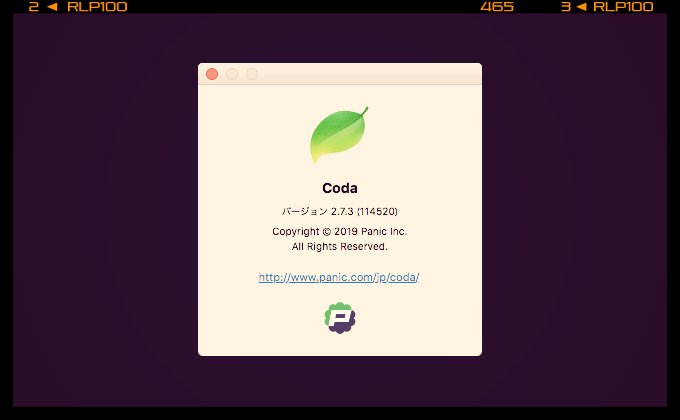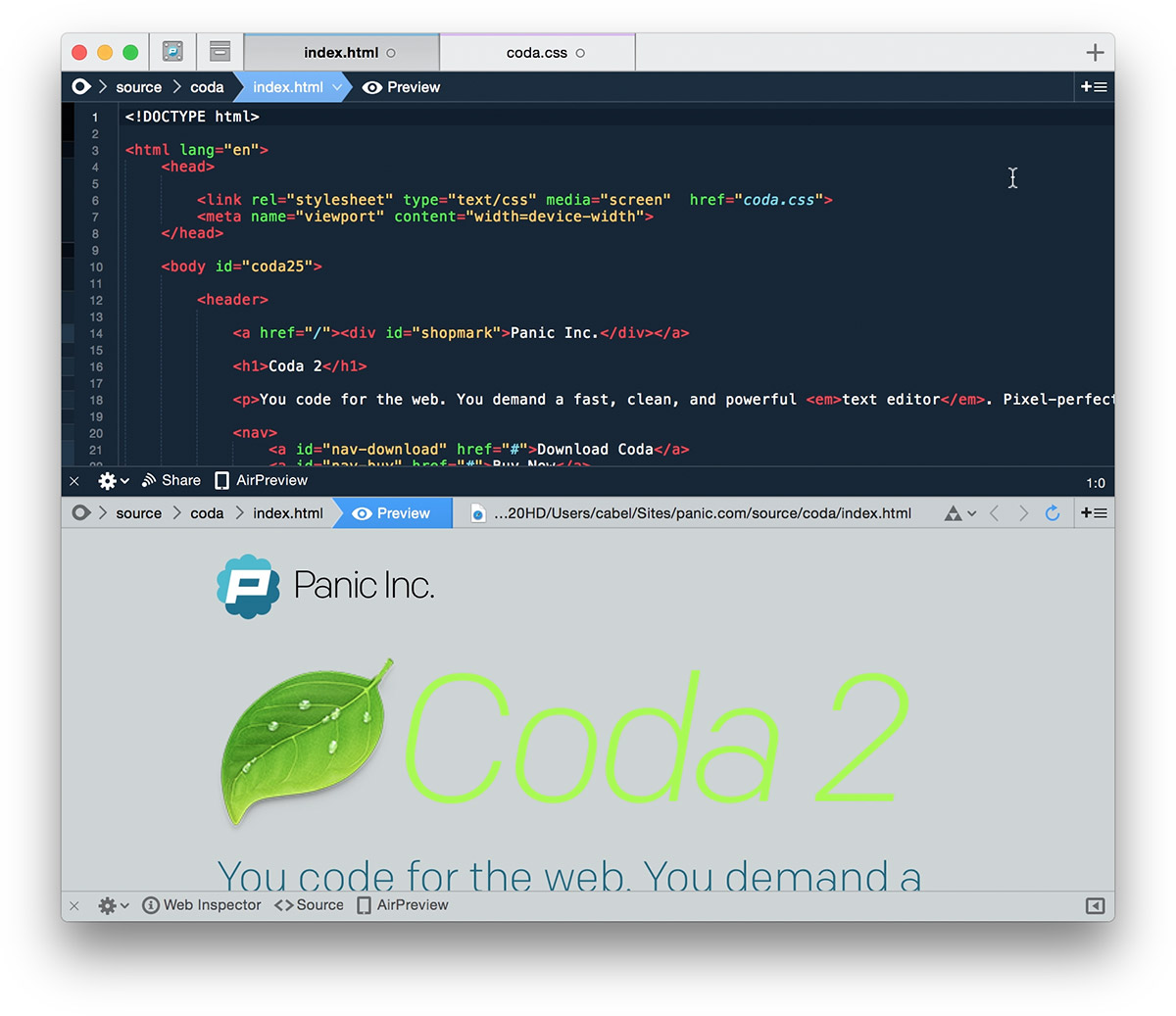

Some of the text, including the inputted commands, wasn't visible Conclusion There appears to be a bug, however, that causes text in the terminal to not consistently display.Įnlarge / Attempting to use the terminal. It’s built on top of the same engine that Panic uses in Prompt, the company’s outstanding iPad SSH client. The terminal is a fairly standard SSH client that works largely as expected. This internal task management interface is really clever and it usually works well, but on two occasions the application hung when I performed a long-press on one of the icons. If the file has unsaved changes, the user will be asked if they want to save. The document list is specific to each site and will persist between uses of the application.Ĭlosing a document is a lot like deleting an app on the iOS home screen: the user does a long-press to make all the icons jiggle and then hits the white X on top of the icon.

The user can click any document to jump back to editing it. It also has an excellent snippets system that you can use to define blocks of text that you want to be able to easily insert later.Įnlarge / Viewing Diet Coda's internal task management interface and document listĪll of the documents that the user has currently open for the active site will fill the rest of the row. The editor has a nice built-in find-and-replace system that optionally supports regular expressions for matching. The Diet Coda website indicates, however, that support for additional languages is planned in the future. Additional programming languages, such as Python are not supported at all. It’s worth noting that Ruby isn't listed as a supported programming language on the Diet Coda website–the feature appears to be experimental. The syntax highlighting also appeared to have some difficulty with Ruby’s string interpolation syntax, which got proper highlighting in some cases but not others. In some lines, for example, everything after a double-colon is highlighted incorrectly. The Ruby syntax highlighting didn’t work very well and exhibited a number of odd behaviors. As far as I can tell, it’s just matching against a large built-in dictionary of standard function names and symbols. The auto-completion for Ruby, PHP, and JavaScript is primitive and doesn't appear to have any awareness of the user’s code. Programming is an area where Diet Coda falls short. Enlarge / Testing HTML auto-completion in Diet Coda


 0 kommentar(er)
0 kommentar(er)
